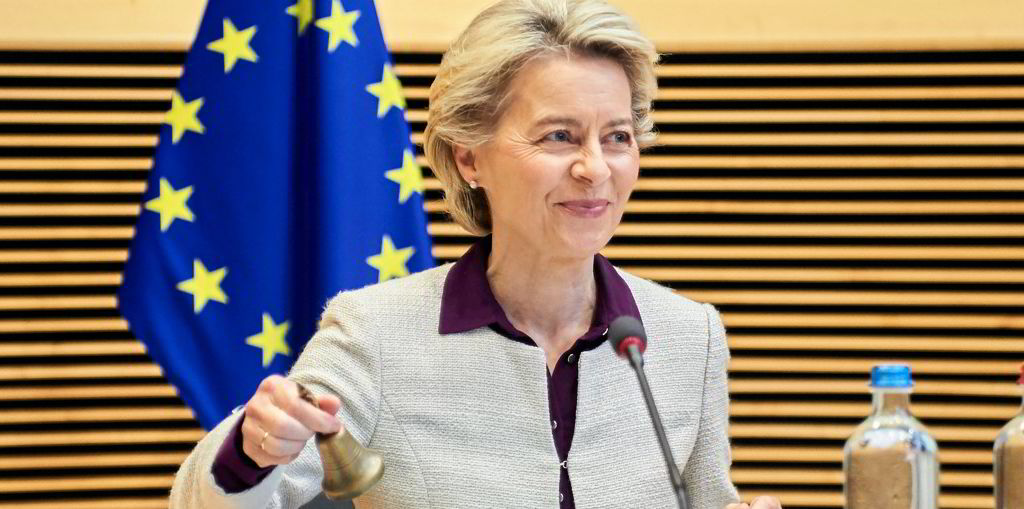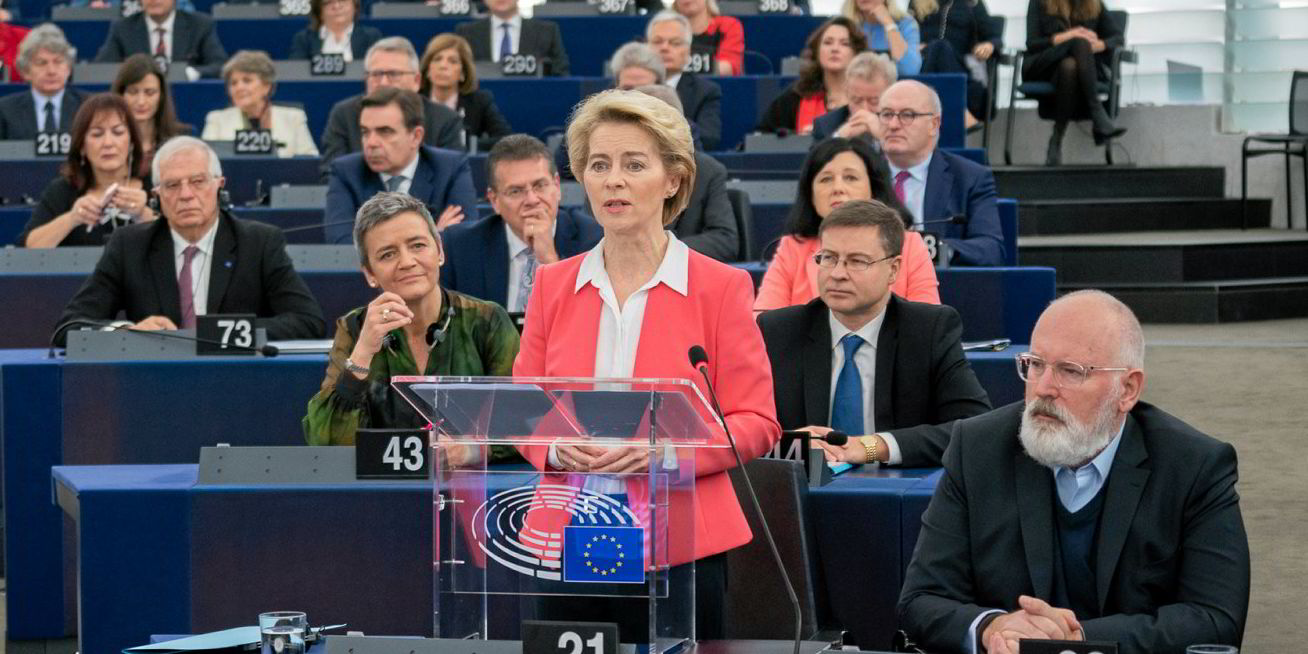A strategy of smoke and mirrors is an unfortunate habit governments indulge in when they want to convince people they are spending more money on a popular policy than perhaps they are.
It can be a case of adding together large amounts that can only be loosely described as targeted at a particular issue, or perhaps making it look as though new money is being found when the funds in question have already been previously pledged.
So what should one make of the headline to a press release about sustainable shipping plans announced on 23 June by the European Commission alongside its partner the Waterborne Technology Platform? It said: “The Horizon Europe Partnership will invest up to €3.8bn in research and innovation.”
It is certainly an exciting amount of cash — the equivalent of $4.5bn — for an issue that is becoming very popular.
The commission said the aim is to lead and accelerate “the transformation of waterborne transport ... to eliminate all harmful environmental emissions ... through innovative technologies and operation”.
All very good, but a week earlier TradeWinds had reported that the EC was poised to launch a €100m public-private partnership fund for sustainable shipping innovation in partnership with the Waterborne Technology Platform — a body involving European companies from across the maritime sector.
So which figure was correct? Both, it can be argued.
But one can also argue that the funding bonanza for the Zero Emission Waterborne Transport Partnership is not quite as generous as it might appear.
The truth is the EC will invest up to €530m in projects to research greener ships over the 10 years from 2021 to 2030 under the scope of a scheme called the Co-programmed European Partnership.
The other €3.3bn will come from private sector partners in the programme over the same period. That, to be clear, is companies within the shipping industry.
And the first year’s input from the public coffers will be €94m, according to Waterborne Technology Platform project manager Mihai Barcanescu.
“The money can be accessed via a set of open calls that have a deadline to apply during this year,” Barcanescu said. “Each call specifies a topic of research pertaining to the wider partnership goals, and the €94m budget is divided between these calls.”
That means a single project will not win the full amount.
It is worth adding, though, that the total €3.8bn figure had already come down from €5.5bn of co-financing by Horizon Europe set out in a 2020 document proposing the partnership when the European Union’s support was expected to catalyse a leverage of three to four times from the private sector.
Horizon Europe is the EU’s key funding programme for climate change-related research and innovation. It has a total budget of €95.5bn.
Nevertheless, Henk Prins, chairman of the Waterborne Technology Platform, described it as “a unique moment”.
“The partnership will not only foster and accelerate the transition to an environmental-friendly mode of transport, in line with the European Green Deal ambitions, but it will also stimulate the green recovery of the waterborne sector,” he said.
Prins is correct that it is a step in the right direction.
But the actual amount available is short of the $5bn that industry organisations have said is needed for research into the development of vessels that can burn alternative fuels.
It is also way off the hundreds of billions of dollars it is estimated to cost to develop a fully green fuel infrastructure over the 2030s.
Nevertheless, it is a start, and the Waterborne Technology Platform aims to demonstrate zero-emission solutions for all main ship types and services by 2030.
More funding may also become clear on 14 July, when the EU reveals details of how shipping will be included in its Emissions Trading System (ETS).
An executive from the EC recently stressed that it had got the message that a reasonable portion of ETS revenues from shipping should be earmarked for maritime research.
But it now looks as though there will not be a direct transfer of funds from the ETS. Instead, other ways will be devised to create a structure for incentivising the use of alternative fuels.
It can only be hoped that when the smoke clears, the plans do not just recirculate previous budgetary figures but add real financial muscle to making progress with the decarbonisation of shipping.







